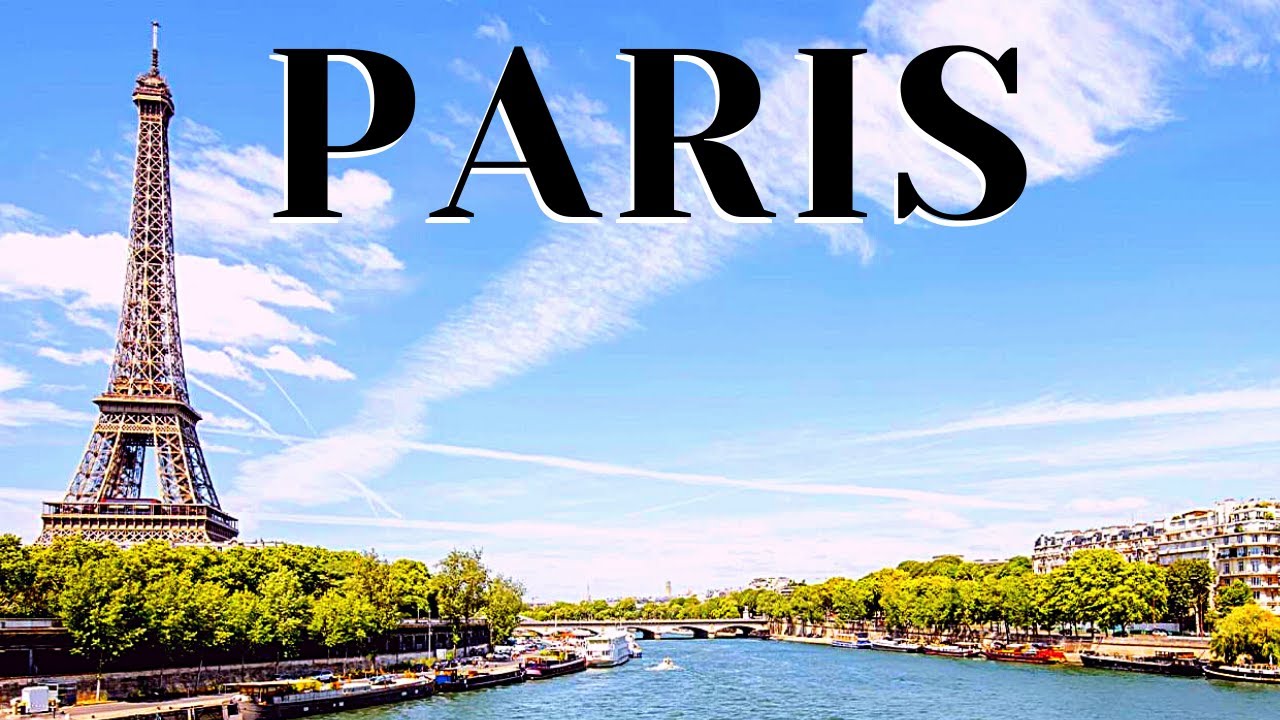PARIS! City of lights, metropolis of affection, and one of the visited cities on the planet.
Paris is a metropolis with a proud and really historical historical past. Originally based within the third century BC, on an island in the course of the Seine, it was the capital metropolis of a tribe generally known as the Parisii, who gave it their title. In Roman occasions, town expanded past the islands within the Seine and have become generally known as Lutetia. During the decline of the Roman Empire, northern France was overrun by a Germanic tribe known as the Franks, whose new kingdom – a part of the Holy Roman Empire – grew to become generally known as West Francia, with its capital at Paris. In the early Middle Ages, West Francia grew to become France, and Paris grew in significance as a European metropolis. By the twelfth century, when the Notre Dame cathedral was constructed on the biggest of the islands within the Seine, Paris was the capital of one of the highly effective kingdoms in Europe, and its significance as a global metropolis has by no means waned.
Many of the nice buildings of Paris, such because the Louvre and the Panthéon, date from the seventeenth and 18th centuries when royal energy in France was at its peak. Yet the “shape” of recent Paris was largely decided within the mid nineteenth century, when a radical city-planner, Baron Haussmann, was given the job of opening up the previous metropolis with its slim twisting streets. Haussmann designed a metropolis crisscrossed by broad tree-lined boulevards, flanked by spacious residence buildings – which is basically the Paris we all know at the moment.
The Eiffel Tower was added for the Universal Exhibition of 1889.
Though town partitions are lengthy gone, central Paris is now generally known as “Paris intra-muros”, or Paris inside the partitions, which is the realm with nearly all the primary vacationer points of interest. Where there as soon as stood metropolis partitions, there may be now the “boulevard périphérique” or internal ring highway, clearly seen on the map. Beyond that, the trendy metropolis of Paris extends in all instructions. On this and different pages, uncover the About-France.com customer information to Paris, offering you with all it’s good to know when planning a visit to this magnificent metropolis.
Monuments and points of interest
The metropolis’s high cultural attraction in 2019 was the Basilica of Sacré-Cœur (11 million guests), adopted by the Louvre (9.6 million guests); the Eiffel Tower (6.1 million guests); the Centre Pompidou (3.5 million guests); and the Musée d’Orsay (3.3 million guests).
The centre of Paris accommodates probably the most visited monuments within the metropolis, together with the Notre Dame Cathedral (now closed for restoration) and the Louvre in addition to the Sainte-Chapelle; Les Invalides, the place the tomb of Napoleon is situated, and the Eiffel Tower are situated on the Left Bank south-west of the centre. The Panthéon and the Catacombs of Paris are additionally situated on the Left Bank of the Seine. The banks of the Seine from the Pont de Sully to the Pont d’Iéna have been listed as a UNESCO World Heritage Site since 1991
Other landmarks are laid out east to west alongside the historic axis of Paris, which runs from the Louvre by the Tuileries Garden, the Luxor Column within the Place de la Concorde, and the Arc de Triomphe, to the Grande Arche of La Défense.
Several different much-visited landmarks are situated within the suburbs of town; the Basilica of St Denis, in Seine-Saint-Denis, is the birthplace of the Gothic fashion of structure and the royal necropolis of French kings and queens. The Paris area hosts three different UNESCO Heritage websites: the Palace of Versailles within the west, the Palace of Fontainebleau within the south, and the medieval festivals web site of Provins within the east. In the Paris area, Disneyland Paris, in Marne-la-Vallée, 32 kilometres (20 miles) east of the centre of Paris, obtained 9.66 million guests in 2017.
source

